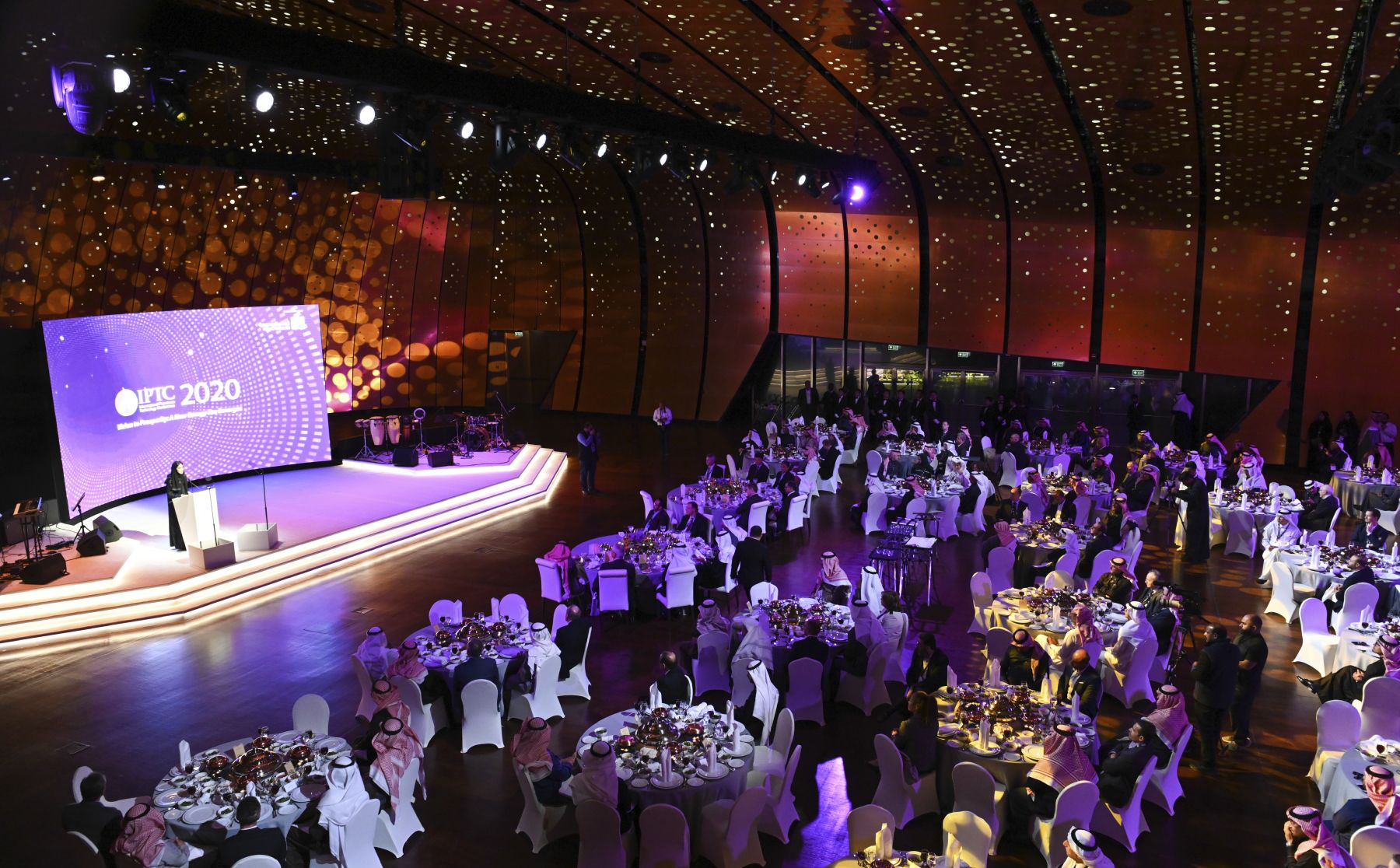How does cinema create a tourist destination?
When arts become the main promoter for countries
Since the trilogies Lord of the Rings and The Hobbit were released, a strong economic relationship sprouted between New Zealand and the film industry. These films have become one of the most successful series in cinema history, transforming New Zealand from a country focused on exporting dairy products to a world-leading cinematic tourism destination. “If we had to estimate the touristic value of the Hobbit films, it would between $50-$500 million annually,” says Peter Ellis of the New Zealand Ministry of Business, Innovation, and Employment.
The number of tourists has risen to 2.83 million annually since the release of the Hobbit, in addition to a 10% increase in tourist spending – reaching $7.2 billion by the end of 2014. World tourism specialists project that one out of five tourists’ decisions about travel destinations are influenced by cinema. Cinema tourism is a major attraction for film-producing countries around the world such as Germany and the Unites States of America.
This confirms that arts in general and cinema in particular contribute greatly to create the mental image of countries. This is why cinema is such a powerful tool for promoting tourist economies. Moreover, arts and culture are among the most important attributes that could change human behavior, since they are capable of arousing thoughts and emotions which inspire dialogue, criticism, discussion and the intertwining circles of human relations. The arts also provide genuine ways to live differently and empower individuals and communities to communicate and establish new perspectives. The arts, in other words, are capable of influencing values and shaping human characteristics.
The great influence cinema possesses has made it one of the most important marketing tools for countries, which directly reflects on the tourism sector. Tourism is the road that connects a country to the rest of the world culturally and economically. It is the vehicle that conveys the country’s identity and self-reflection to the rest of the world. It also expands understanding about the historical, cultural, social and artistic realities of other countries, which has a huge effect on their economic development.
Thus arises the growing importance of the role that filmmaking can play in a vast, developed and diversified country such as the Kingdom of Saudi Arabia, where a blossoming film industry is striding forward confidently and thoughtfully. This is achieved through learning the needed techniques and attracting resources from the leading countries in this field while preserving and focusing on the Saudi identity in both artistic and cultural aspects. This underlines the deep importance of highlighting local arts and culture by Saudi filmmakers. It is a key to the success of their films. In addition to promoting the Kingdom as we see it from within, as we know it, comprehend it and love it, this is how to have the world get a peek at us through our own hearts.
Consider, for example, the film Joud – the first Saudi cinematic experience produced by the King Abdulaziz Center for World Culture (Ithra) and which has been featured in cinemas in more than 40 Saudi and international cities. Joud highlights Saudi Arabian culture in a way balanced between tradition and modernity, the past and the present, and the future and the probable. This silent, non-narrative film is based on an ancient form of poetry, but instead of dialog (there is none), it relies on an immersive journey of visual rhythms through an extraordinary landscape and the diverse people filmed at 16 different locations across the Kingdom of Saudi Arabia. By focusing on local colors, Joud is a portrait of a nation that is visually rich, diverse and intriguing.
Talking about the correlation between cinema and tourism is never an exaggeration, since years of marketing efforts can often be summed up in a single movie, and a single scene can create an everlasting touristic destination. When Gregory Peck pushed his hand into the Mouth of Truth statue in front of the actress Audrey Hepburn in the 1953 movie Roman Holiday, he drew the world’s attention to this ancient statue. More than half a century later, tourists are still visiting it in Rome specifically because of its role in the movie. Could the cinematic scene in Saudi Arabia recreate something to that effect?
Majed Z. Samman
Head of Performing Arts and Cinema
King Abdulaziz Center for World Culture (Ithra)








